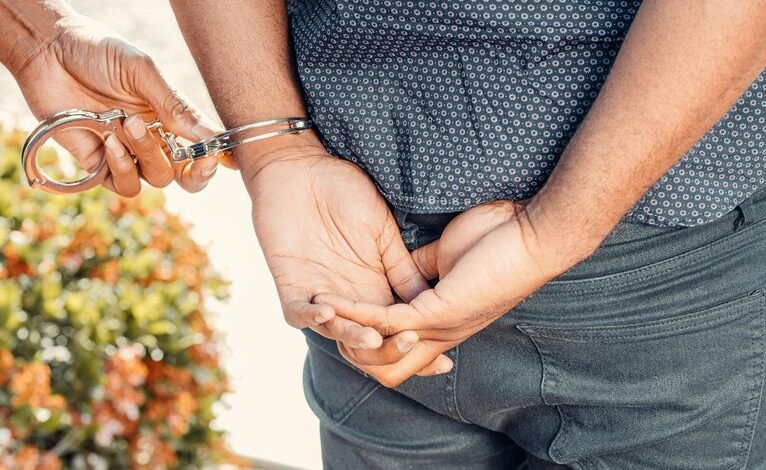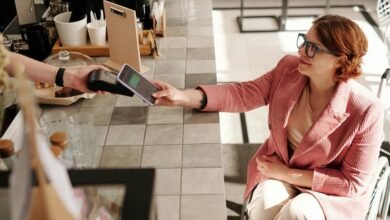Snapinista: A Influência das Imagens no Direito

The influence of visual evidence in the courtroom presents a complex interplay between emotion and legal reasoning. Images often provoke strong reactions, potentially swaying jurors’ opinions more than testimonies. This raises critical questions about the ethical implications of such power. Can the integrity of judicial outcomes withstand the persuasive allure of visuals? The answer may not be straightforward, highlighting the need for a deeper examination of these dynamics.
The Power of Visuals in the Courtroom
Although often overshadowed by verbal testimony, visuals in the courtroom hold significant persuasive power that can influence jurors’ perceptions and decisions.
Visual evidence, such as photographs and videos, plays a crucial role in courtroom dynamics, providing tangible context that words alone cannot convey.
This ability to evoke emotional responses enhances the overall impact of a case, ultimately shaping the outcomes of legal proceedings.
Social Media’s Role in Shaping Legal Perception
Social media increasingly influences public perceptions of legal cases, often shaping jurors’ opinions even before they enter the courtroom.
The pervasive nature of platforms allows for rapid dissemination of information, which can distort facts and create biases.
This social media influence complicates the judicial process, as jurors may be swayed by popular sentiment rather than objective evidence, ultimately impacting the integrity of legal outcomes.
Balancing Justice and Image: Ethical Considerations
While the interplay between justice and public perception is complex, ethical considerations surrounding the use of images in the judicial process must be thoroughly examined.
Ethical dilemmas arise when visual evidence influences jury perceptions, potentially undermining impartiality.
The challenge lies in balancing the informative role of images with the need to ensure a fair judicial process, protecting the integrity of legal outcomes.
Conclusion
In the courtroom, images serve as double-edged swords, cutting through the fog of verbal testimony with vivid clarity while simultaneously casting shadows of bias. As visual evidence paints compelling narratives, it risks eclipsing the fundamental principles of justice. The interplay between emotion and reason becomes a delicate dance, where the scales of fairness must be meticulously balanced. Ultimately, the judicial process must navigate this landscape, ensuring that the power of visuals does not undermine the integrity of its outcomes.




